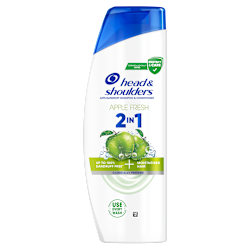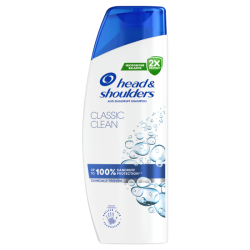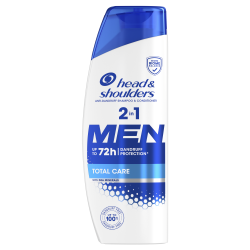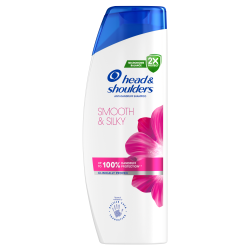Hidden Causes Of Dandruff: Tanning
Tanning has become so desirable over the years that there is now a multi-billion dollar industry built around it. But does it cause dandruff?
Read more about causes of dandruff
For many people, tanning involves getting enough sun to increase their skin’s melanin production (causing skin to darken), while avoiding sunburn (which kills skin cells).
This means spending small amounts of time in the sun over multiple days. The question we’re considering today is whether all this time in the sun can cause dandruff.
To answer the question, let’s have a quick look at what science has to say about the cause of dandruff.
What causes dandruff?
Your scalp – and the scalp of everyone else on the planet – is home to a microbe called Malassezia globosa. This yeast-like fungus survives by feeding off the natural oils of your scalp, and typically does so harmlessly.
Unfortunately for some of us, part of its life-cycle involves producing oleic acid.
For most of the population, oleic acid is not a problem. But some people are sensitive to it, leading to symptoms such as:
Itchiness
Dry flakes in the hair
Red scalp
These are the classic signs of dandruff.
It’s not a difficult problem to treat, happily. A good dandruff shampoo used properly will control both the symptoms and cause of dandruff, giving you relief while getting rid of flakes.
They key point for our discussion, however, is that the cause of dandruff – malassezia - is not triggered by or increased with exposure to light.
So tanning can’t cause dandruff, but it does still have consequences for your hair and scalp.
Tanning and your scalp
While a deep tan might look good, getting a tan can also stress out your skin – and this is as true for your scalp as it is anywhere else.
The first issue is humidity. Malassezia thrive best in a warm, moist environment. Tanning – whether in a tanning bed or in the sun - is a sweaty business. Sweating on the scalp can cause an increase in malassezia, which could contribute to a flare up of dandruff symptoms.
The second issue is with sunburn. Overdoing the sun can cause acute skin damage, kicking its defences into high gear. The skin becomes red as it is flooded with blood to help with healing, accompanied by tenderness. A few days later, the burnt skin begins to peel, as the body gets rid of the damaged skin.
The other issue, of course, is long-term consequences to UV light exposure, which include dryness, premature ageing and wrinkling, brown spots, and even skin cancer.
A good moisturising shampoo will help replace lost moisture caused by exposure to the sun. If you’re prone to scalp flaking, choose a dandruff shampoo, which will help protect your skin from the effects of malassezia.










